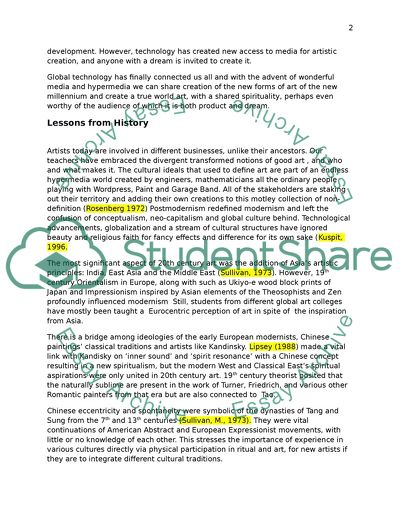Cite this document
(Art Consciousness Coursework Example | Topics and Well Written Essays - 2500 words, n.d.)
Art Consciousness Coursework Example | Topics and Well Written Essays - 2500 words. https://studentshare.org/culture/1820877-cultural-turns
Art Consciousness Coursework Example | Topics and Well Written Essays - 2500 words. https://studentshare.org/culture/1820877-cultural-turns
(Art Consciousness Coursework Example | Topics and Well Written Essays - 2500 Words)
Art Consciousness Coursework Example | Topics and Well Written Essays - 2500 Words. https://studentshare.org/culture/1820877-cultural-turns.
Art Consciousness Coursework Example | Topics and Well Written Essays - 2500 Words. https://studentshare.org/culture/1820877-cultural-turns.
“Art Consciousness Coursework Example | Topics and Well Written Essays - 2500 Words”. https://studentshare.org/culture/1820877-cultural-turns.


